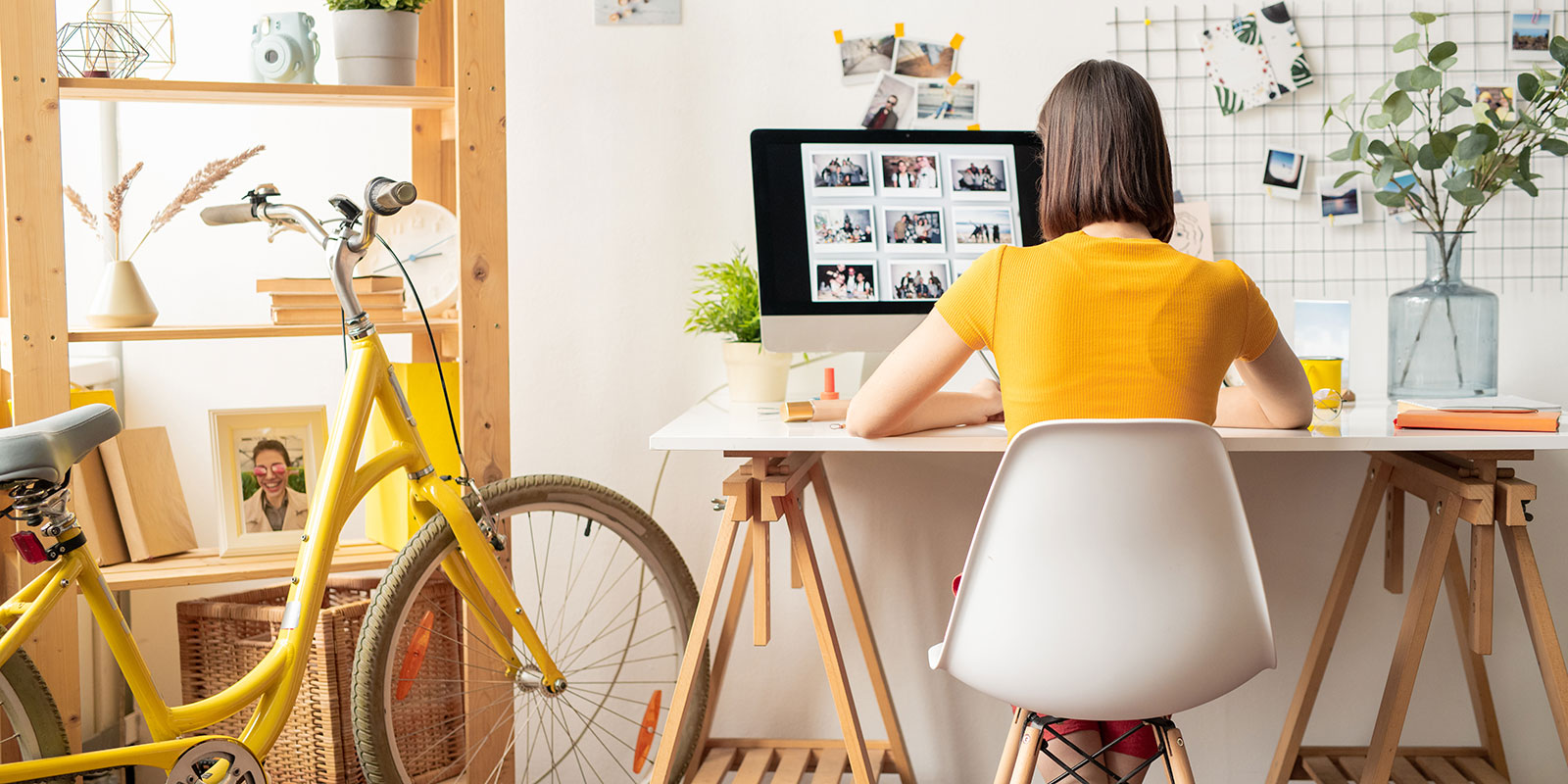It’s safe to say that COVID-19 made some deeply lasting effects on all of us. It’s hard to believe that it was only a matter of months ago that global lockdowns were in place, and the daily commute to work consisted of a simple walk upstairs. For many, going into the office was as habitual as drinking water - so the global shift in daily work routines caused a few initial issues for some businesses unprepared for COVID culture - forcing many of us to re-adapt to the demands of these new norms.
Working alone became the ‘new normal’, and the boundaries between work and home required a massive rethink. As we all know, many companies faced teething problems whilst trying to adapt to this alien way of working: health and safety reconsiderations; implementation of new technologies; implementation of more flexibility for at-home childcare, and an overall increase in the consideration of employee wellbeing. COVID certainly sparked a globalised blanket of uncertainty that stretched far further than the workplace.
Strangely, it brought employees closer together: everybody continued to do their jobs amongst an oxymoronic paradox of simultaneously experiencing isolation - an experience which everyone went through together. Many businesses were forced to rethink employee welfare and create new working policies that met the demands of the business, whilst being attentive to mental and physical wellbeing.
So as we move on from COVID and live within this new ‘post-COVID era’, what is the real definition of being ‘fully flexible'? How has COVD shaped new company cultures? And what does this all mean in terms of growth?
The aftermath of 'the new normal'
For some businesses, in-house communication systems and technological infrastructures have had to completely readapt to the demands of at-home working. For unprepared companies, this may have meant unprecedented costs in splashing out on new technological systems, training, and equipment.
Working at home removed normal daily workplace habits - like the pre-work office chats over coffee in the morning, or those quick pre-meeting catch-ups on a Monday morning, or socialising at lunch. This increased the demand for virtual communications, as digital means became the only avenue of communication. Face-to-face catch-ups were replaced by internal team chat software, and the office meeting room was replaced with grainy video meetings with the dog barking in the background. Communicating about work within the home certainly blurred the line between home life and work life, and required careful consideration about how these two things could be separated. Despite these initial anxieties though, many businesses have discovered that working from home has cut costs massively, and has shaped a new company culture in the aftermath of COVID.
Costs of commuting have been cut drastically, many businesses have saved hundreds on building upkeep, and productivity has soared.
According to a Standford survey:
"Performance can increase up to 13% by working from home" and "working remotely can increase productivity by up to 77%"
The survey concluded that it was most likely due to the quieter working environment, which saw an increase in productivity due to a lack of workplace distractions.
So what has COVID culture taught us about flexibility?
In essence, flexibility isn't just working in lieu or being able to leave an hour early for a dentist appointment. Being a truly flexible employer is all about creating a malleable working structure which both encourages employee autonomy whilst meeting the needs of the business. Creating a flexible working system that suits both parties is all about trust, respect and communication. Having these values solidified within the company ethos enables the business to face further challenges, and strengthens the team ethos so that companies can go through it together. Being a fully flexible employer means you can accommodate employees who want to walk the dog before work, or pick up the kids from school at 3pm. Full flexibility allows complete autonomy. As long as deadlines are met, meetings are attended, and the right equipment is being used - it shouldn't really matter what time your employees start or finish working.
COVID reminded us that we all have lives outside of work, and has certainly highlighted the importance of employee wellbeing on both a physical and mental basis. COVID was a tough time, and has certainly highlighted the importance of keeping good mental health. So if your business hasn't already, perhaps re-evaluate your working environment and ensure you have enough support for your employees. Life throws all kinds of curveballs - so advocate a company culture which respects employee welfare. Creating a culture of honesty and understanding goes further than wellbeing perks (staff lunches, events, or free dental care and gym memberships.) To really create a company culture which heavily advocated wellbeing, make sure your employees feel comfortable enough to speak openly, and check in with them regularly.
The silver lining
So despite all the initial challenges of COVID, many companies have found new ways of working that have positively impacted growth. An increase in productivity, and completely re-evaluating the definition of ‘flexible’ to suit employees have certainly planted the seeds for growth. It's not too surprising that this is the outcome - particularly, as an increase in autonomy generally equals an increase in productivity. The post-COVID world can only learn from the challenges faced in 2020, as things will never be the same as they were before COVID. The pandemic has sparked a chain reaction which will continue to affect all facets of not only work culture and home life - but wellbeing as a whole.




